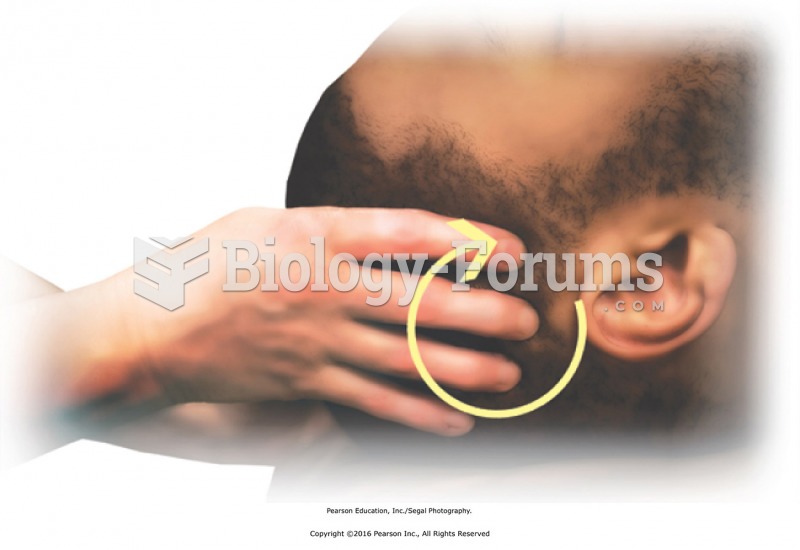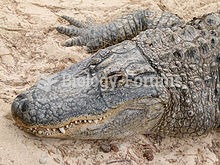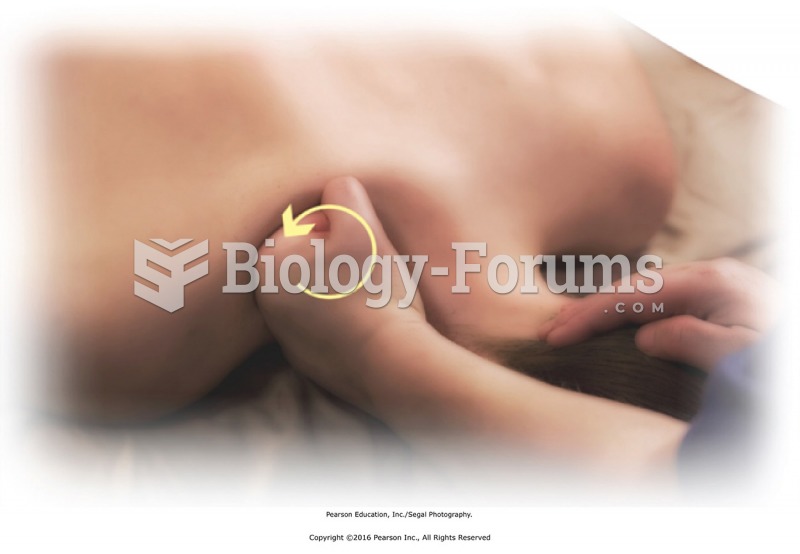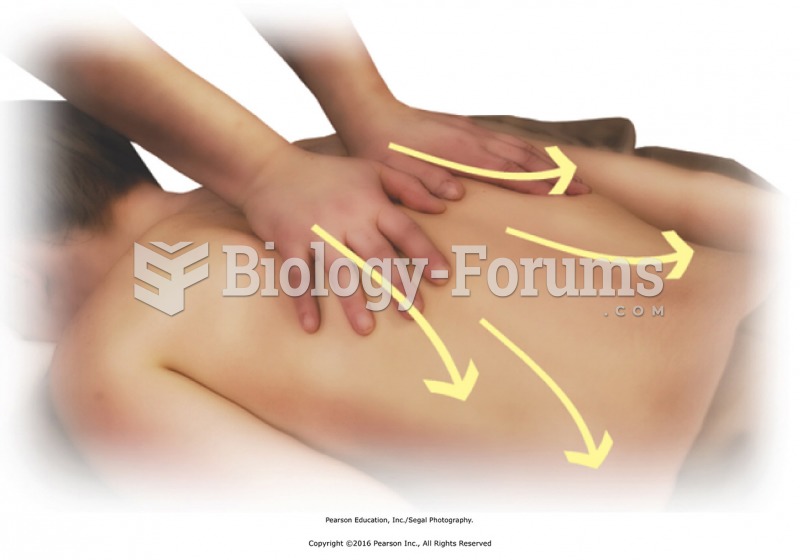|
|
|
For about 100 years, scientists thought that peptic ulcers were caused by stress, spicy food, and alcohol. Later, researchers added stomach acid to the list of causes and began treating ulcers with antacids. Now it is known that peptic ulcers are predominantly caused by Helicobacter pylori, a spiral-shaped bacterium that normally exist in the stomach.
Colchicine is a highly poisonous alkaloid originally extracted from a type of saffron plant that is used mainly to treat gout.
When intravenous medications are involved in adverse drug events, their harmful effects may occur more rapidly, and be more severe than errors with oral medications. This is due to the direct administration into the bloodstream.
A headache when you wake up in the morning is indicative of sinusitis. Other symptoms of sinusitis can include fever, weakness, tiredness, a cough that may be more severe at night, and a runny nose or nasal congestion.
Many supplement containers do not even contain what their labels say. There are many documented reports of products containing much less, or more, that what is listed on their labels. They may also contain undisclosed prescription drugs and even contaminants.
 Utagawa Hiroshige, Hamamatsu: Winter Scene, plate 30 from The Fifty-Three Stations of the Tokaido, ...
Utagawa Hiroshige, Hamamatsu: Winter Scene, plate 30 from The Fifty-Three Stations of the Tokaido, ...
 Loosen the scalp by applying circular friction to the sides, back, and top of head (over entire hair ...
Loosen the scalp by applying circular friction to the sides, back, and top of head (over entire hair ...





